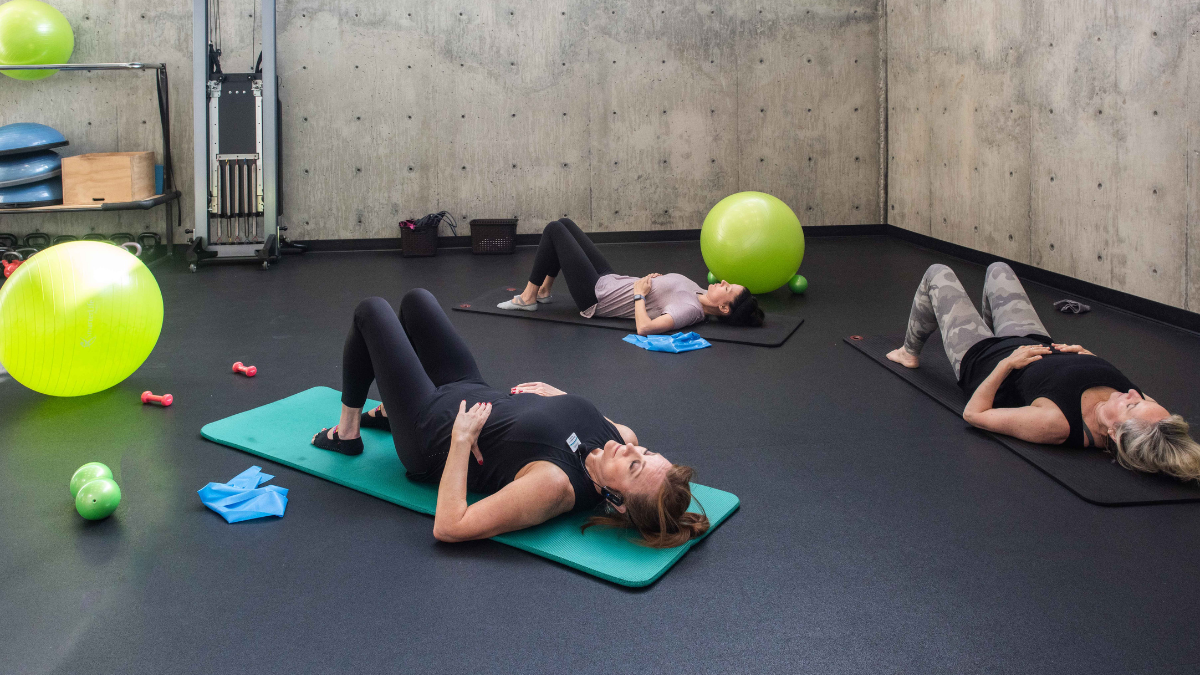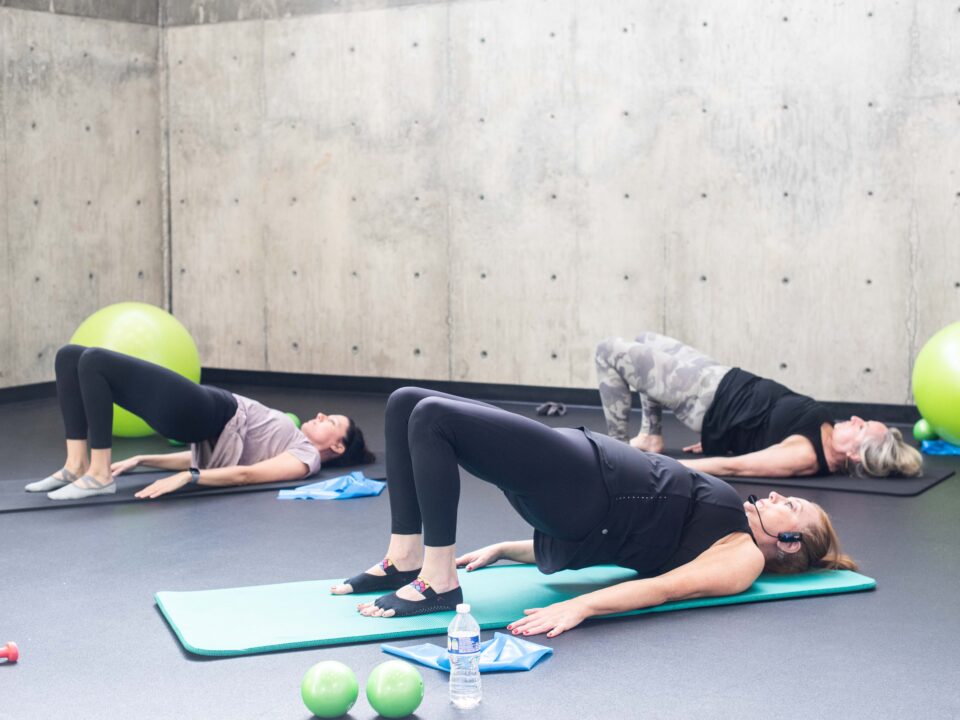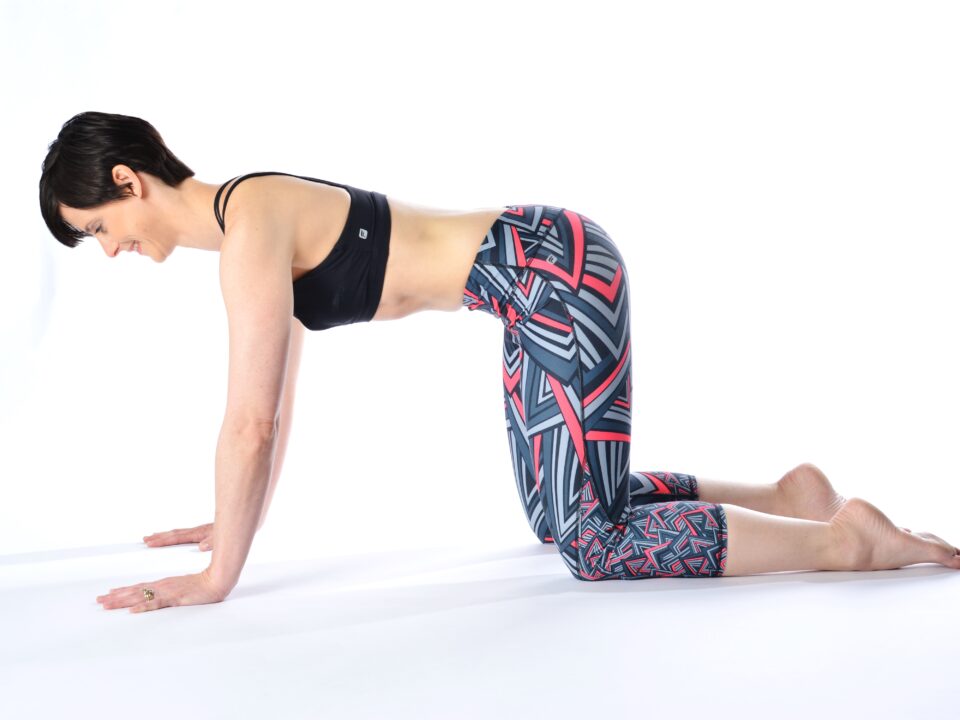- Mon - Fri
7.30 AM – 5.30 PM
Other hours upon request - 770-487-1931
Pilates Breathing for Beginners – Do it right with these 3 tips

Breath is one of the six original Pilates principles. Joseph Pilates had much to say about breathing. Starting with the fact it bookmarks our very existence;
“Breathing is the first act of life and the last. Our very life depends on it.”
– Joseph Pilates
He developed a specific approach to breathing in Pilates for the greatest benefits. In this article, learn about correct Pilates breathing. It’s important both in and outside the Pilates studio.
How do you breathe when doing Pilates?
Correct breathing in Pilates intertwines with correct alignment and muscle engagement. In Pilates, you use lateral breathing. Lateral breathing sends your breath into the ribcage, as the ribs expand side to side.
Here’s how you can practice Pilates breathing:
- Place hands on the side of your ribcage
- Inhale, imagining your breath is going into your hands
- Exhale, and pull the ribcage together. Imagine your hands hugging your spine
Check your belly, chest, and shoulders. They shouldn’t expand or lift. This will give you feedback to know if you’re breathing correctly.
Why is breathing so important in Pilates?
Pilates breathing is important for several reasons. These include muscle engagement, oxygen flow, alignment, and safety. Correct lateral breathing in Pilates stays out of the belly, chest, and shoulders. If the belly fills with air, the abdominal muscles disengage. This creates a domino effect throughout the body. Centering is lost, which can affect alignment and precision. Thus the effectiveness of the exercise diminishes.
Correct Pilates breathing keeps you safe. Holding your breath in Pilates reduces the flow of oxygen to the brain and throughout the body. This can make you lightheaded and tired throughout class affecting your concentration. Limited concentration on the Pilates apparatus increases your chances of injury during Pilates.
When to inhale and exhale in Pilates
Traditionally, Joseph Pilates outlines specific breathing patterns for each exercise. He instructs the student to exhale during the point of greatest effort in each exercise. For example, when rolling like a ball, the easy part is rolling back due to the gravitational pull. Rolling back up with the correct form is another story. Students often use momentum to roll back up rather than body control and core strength. Instead, use a strong exhale to connect deeper into the abdominal core. This aids the body back to its upward position. Before repeating the exercise, inhale in preparation and engage with the core muscles.
This approach to inhaling and exhaling in Pilates breathing is by no means set in stone. Reverse the inhale and exhale to challenge the advanced Pilates student. Switching it up can be a fun challenge.
Pilates Breathing Benefits
Pilates breathing benefits go beyond the Pilates studio. It can improve many areas of our health and well-being. These include:
- Decreased stress
- Stimulates the lymphatic system helping to detox the body
- Improves digestion
- Reduces pain
The benefits of breath Pilates reach far beyond the time we spend in class. Bring attention to your breath in class and your awareness of breathing will improve throughout the day.
Final Thoughts on Pilates BreathingJoseph Pilates made breathing a core principle of his method and for good reason. It’s essential to every moment of our life. And learning how to breathe brings your Pilates practice to a higher level. Ready to reap the benefits of healthy breathing in and outside the Pilates studio? Sign up for a class today. ProHealth Physical Therapy and Pilates in Peachtree City, GA has a full schedule to get you started.
,




